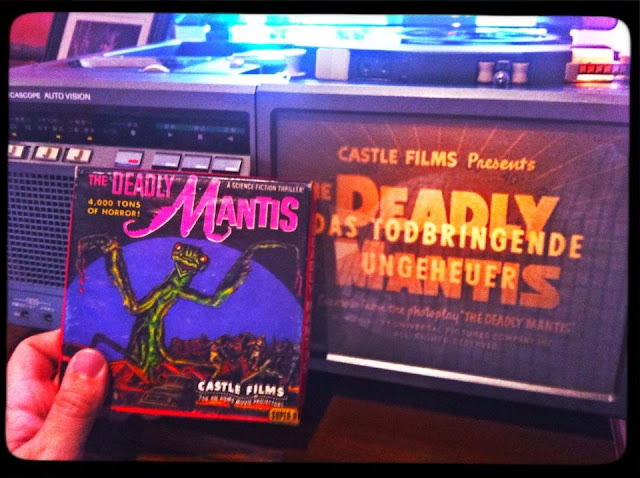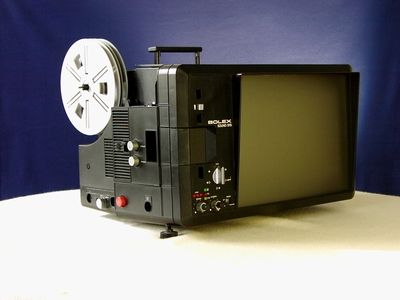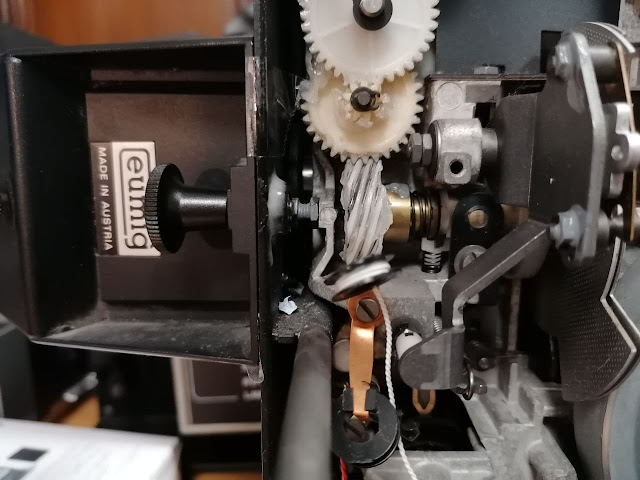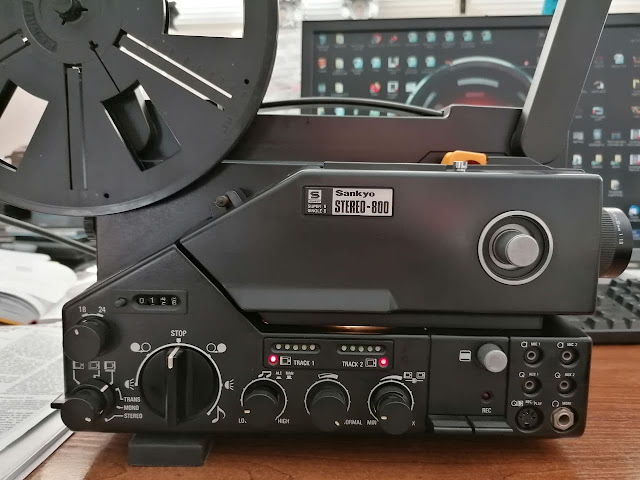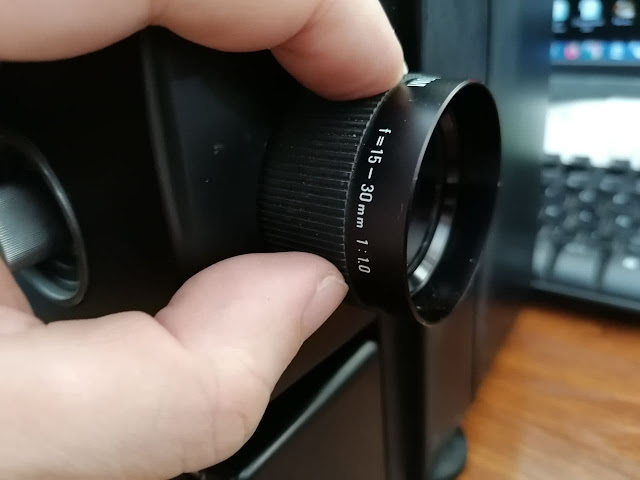La V Edición del Sellier Film Festival todavía no puede anunciar fechas confirmadas, por culpa del maldito coronavirus. Al no celebrarse esta edición en un auditorio, sino en el plató de rodaje de IB Cinema, verifiqué ayer martes en el ayuntamiento que este evento se considera un acto privado: este tipo de reuniones siguen prohibidas en La Coruña. Me dicen que hay que esperar al día 4 de diciembre, para saber las nuevas directrices de confinamiento de las autoridades... y así establecer unas fechas definitivas, con todos los requisitos para el plató: aforo limitado e identificado, sillas desinfectadas separadas dos metros, gel desinfectante, etc. De lo que se trata, es de no suspender: ¡¡¡el coronavirus no nos podrá vencer!!!, aunque la superioridad limite el aforo a pocas, o incluso, muy pocas personas.
 |
| Santiago Fernández |
- Podemos anunciar, sin embargo, la persona del audiovisual coruñés que se homenajeará este año: ¡¡¡Santiago Fernández!!!, "la voz", y, casualidades de la vida, también vinculado al histórico Cine Club Aldebarán. La figurita de Sargadelos en reconocimiento a su labor de décadas le será entregada por el senador Miguel Lorenzo, de la comisión de cultura en el Senado.
 |
| Con Miguel Lorenzo |
La I edición, celebrada en el auditorio del Sporting Club Casino, homenajeó a José Luís Moar, ex director técnico del MUPEGA y número dos del Cine Club Aldebarán. En la II edición,celebrada en Portas Ártabras, el homenajeado fue Antonio Docampo, uno de los padres del cine gallego, que fallecería poco después. La III edición fue dedicada a consagrar la figura del otrora todopoderoso Ricardo Fernández Castro, fundador del Cine Club Aldebarán, que pudo acceder a la sala Goya de la Fundación Rodríguez Iglesias - Ediciones Hércules, postrado en su silla de ruedas. Con la IV edición, dedicada a conmemorar el centenario del coruñés inmortal Amando de Ossorio, fueron tres de sus familiares los que recogieron el presente de la organización. La IV edición fue especial pues, organizada gracias a la buena gente de Naturgy en Barcelona, fue el acto que clausuró la historia gloriosa del MACUF.
 |
| Con Ray Harryhausen |
La V edición, además de reconocer el gran trabajo de Santiago Fernández, incluso en el terreno de la formación interpretativa de los nuevos valores del audiovisual gallego, conmemora el Centenario de Ray Harryhausen y el 125 Aniversario del Cine, con una terrorífica y alucinante programación a celebrar en fechas, que reiteramos, se anunciarán tan pronto como las autoridades nos lo permitan.
Un rasgo distintivo, que diferencia al SELLIER FILM FESTIVAL de cualquier otro de España, es que absolutamente toda su programación se hace con película de cine, siendo uno de sólo dos festivales en un Europa que mantiene esta filosofía: lo digital o el vídeo serán otras cosas, pero cine, cine, con película, no.
Deleiten sus retinas, señores, con el avance de la programación de esta V EDICIÓN DEL SELLIER FILM FESTIVAL:
PRIMER DÍA:"EL BOSQUE PETRIFICADO" (con un complemento por determinar)
"SIMBAD Y EL OJO DEL TIGRE" (Centenario de Ray Harryhausen, precedido por una Puppetoon de George Pal)
SEGUNDO DÍA:
"EL DESVÍO" (con un complemento por especificar)
"LA TIERRA CONTRA LOS PLATILLOS VOLANTES" (Centenario de Ray Harryhausen, precedida por una Puppetoon de George Pal)
TERCER DÍA:"DIOSAS DE LA PANTALLA" (documental, estreno en España)
"LA BESTIA DE OTRO PLANETA" (Centenario de Ray Harryhausen, precedido por una Puppetoon de George Pal)
CUARTO DÍA:
"JASÓN Y LOS ARGONAUTAS" (precedido por una Puppetoon de George Pal)
"PRIMER PROGRAMA DE LOS LUMIERE HACE 125 AÑOS
"SPITSBERGEN, O GARDIÁN DO ÁRTICO" (Premio especial XXV aniversario Ourense Film Festival, octubre 2020)
¡¡¡Sería glorioso si el coronovirus hiciera coincidir esta último sesión un 28 de diciembre, para la conmemoración exacta, incluso horaria, con el 125 aniversario de la primera sesión cinematográfica de los Lumiére!!!
Los amigos que deseen asistir, pueden reservar su entrada escribiéndome a mi correo: ibenedeti arroba ibcinema punto com o bien mediante Telegram (evito usar WhatsApp). Salvo un milagro, el aforo será muy limitado.
 |
| Jasper, protagonista de varias Puppetoon de George Pal |










